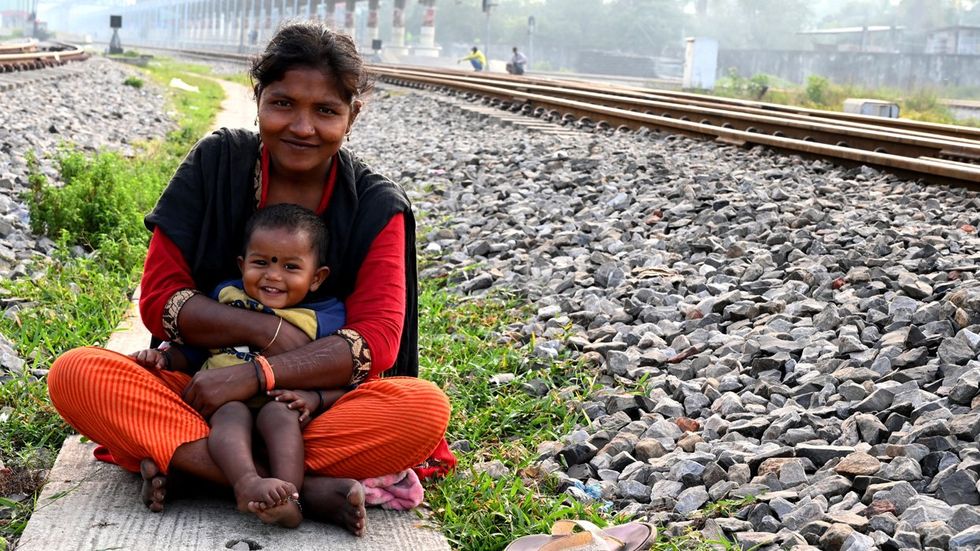Since 2013, Bangladesh has provided HIV-positive mothers with free treatment under the Preventing Mother-to-Child Transmission (PMTCT) program.
Now, 10 years later, the program has accounted for a more than 95% success rate in HIV-positive mothers giving birth to HIV-negative babies.
According to Gavi, the Vaccine Alliance, the virus tends to progress faster in children with perinatally-acquired HIV as opposed to others, and also that HIV-positive children have higher rates of morbidity and mortality. Additionally, HIV-positive babies are particularly vulnerable to other diseases like pneumonia and measles.
At that, on a global scale, only half of the HIV-positive children are on treatment as compared to 76% of HIV-positive adults who are.
The inception of the PMTCT a decade ago has done massive work in narrowing down the discrepancies.
In 2022, a total of 74,491 pregnant women came under HIV testing under the program across the country. 22 new HIV-positive women were detected at ART centers, giving birth to 25 babies. Of those, only one was born HIV-positive.
Anti-retroviral therapy (ART) centers have been set up at 11 hospitals, including in the Bangabandhu Sheikh Mujib Medical University (BSMMU), with the government planning on adding more ART centers in areas where the HIV/AIDS prevalence is particularly high.
Professor Dr. Begum Nasrin, chairmen of the Department of Obstetrics and Gynecology at the BSMMU, said, “The HIV-positive women take the ARV drug regularly and are given the same medical care as the negative pregnant women. Viral load of the positive pregnant women also will have to be tested after six months of taking the drug to ensure proper medicare.”
Once the mother gives birth, the baby is given Nevirapine syrup for six weeks, before the baby undergoes a PCR test to determine their HIV status.
“After the six weeks if the baby tests positive then it will be given ARV drugs,” said Nasrin. “And then the baby will have to be tested at the age of 18 months to determine treatment.”
Overall, the HIV prevalence remains in less than 0.01% among the general population, with an estimated 14,513 people living with HIV in Bangladesh. 2022 saw 947 new cases, and 232 people have died.
From Your Site Articles
Related Articles Around the Web












































































